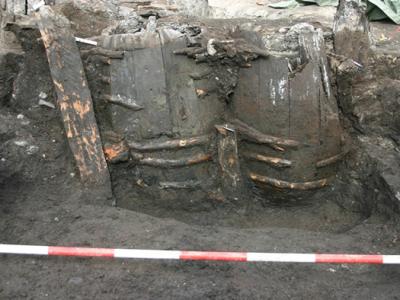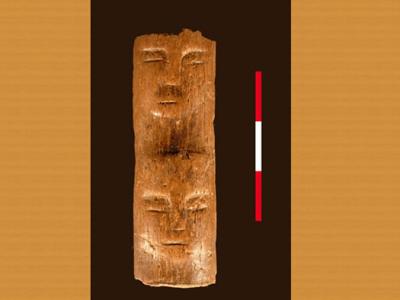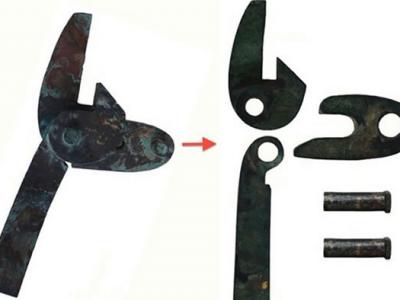Photo in the News: Throne Found Near Ancient Pompeii
December 5, 2007—Remnants of the first known surviving Roman throne have been discovered near Naples, Italy, in lava and ash that buried the city of Herculaneum in the first century, archaeologists said Tuesday.
The finding was exceptional, the scientists said, because furniture of this type was previously only known from artistic depictions, such as a painting (pictured above) from around the same time.
Two legs and part of the back of the wooden throne decorated with ivory bas-reliefs depicting ancient deities were dug out in October and November 2007, the archaeologists said.
The pieces were found 82 feet (25 meters) underground, near Herculaneum's Villa dei Papiri, a first-century country home believed to have been the residence of Julius Caesar's father-in-law.
Herculaneum, Pompeii, and Stabiae were destroyed by the eruption of Mount Vesuvius (see photos of the volcano today) that killed thousands in 79 A.D.
(See a map of Italy.)
Layers of volcanic ash preserved the sites for centuries, providing precious information on domestic life in the ancient world.
"It's the first original throne from Roman times that has survived until today," Pietro Giovanni Guzzo, Pompeii's archaeological superintendent, told a news conference in Rome.
The throne depicts Greek mythological figures that were embraced by Rome's culture. It is decorated with images of the gods Attis and Dionysus, as well as pinecones and phalluses.
The fragile remains will now undergo a lengthy restoration, while archaeologists hope to discover many more precious artifacts as the dig in the Villa dei Papiri continues, said Maria Paola Guidobaldi, the dig's director.
—Ariel David, Associated Press
Copyright 2007 The Associated Press. All rights reserved. This material may not be published, broadcast, rewritten, or redistributed.












